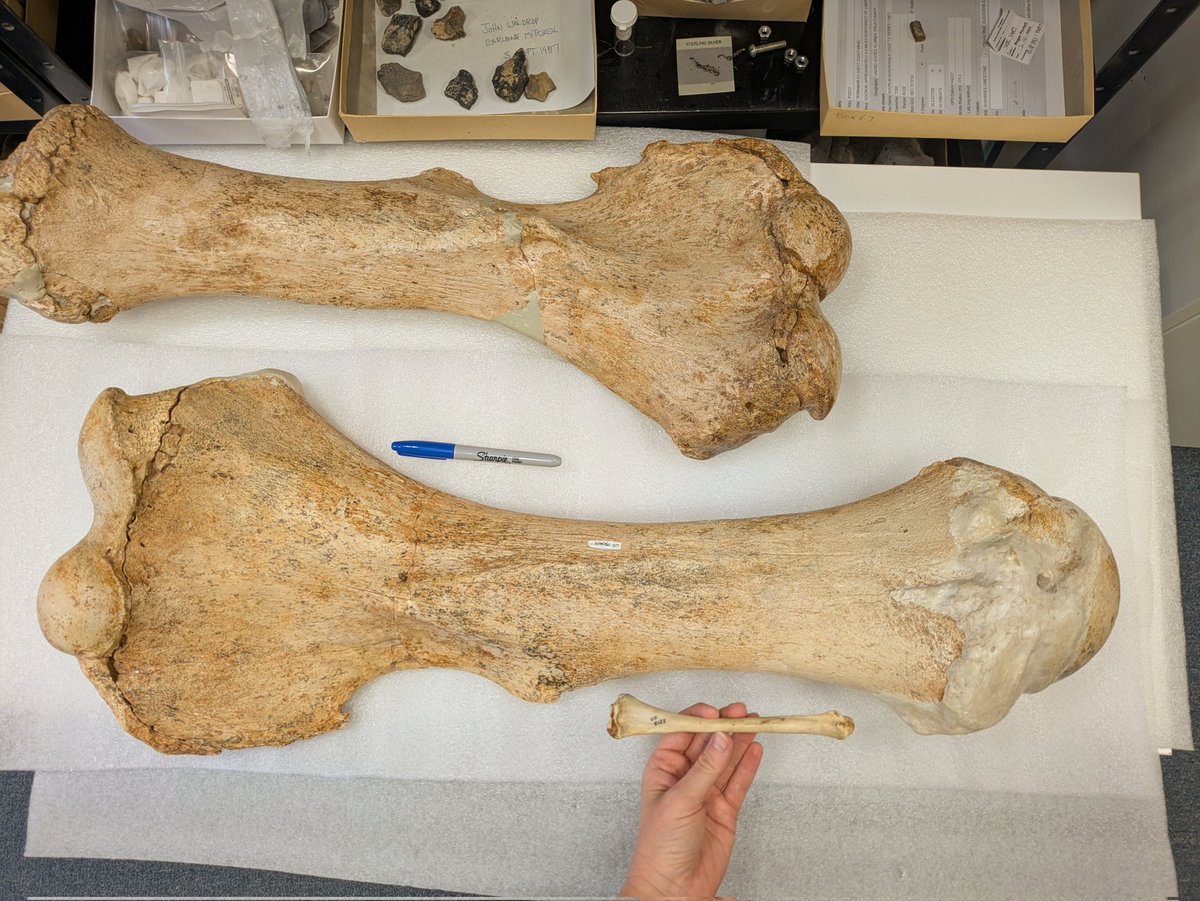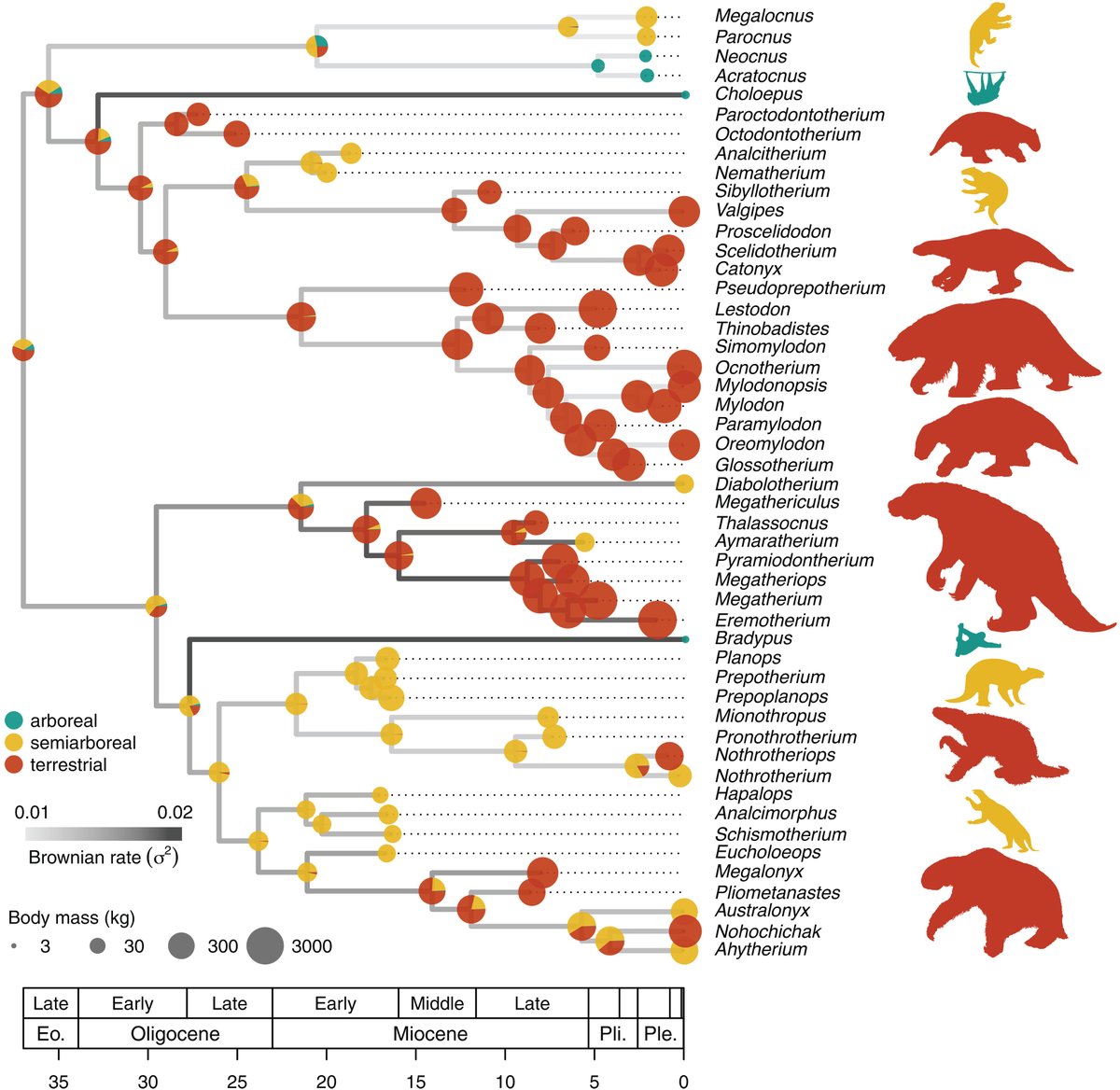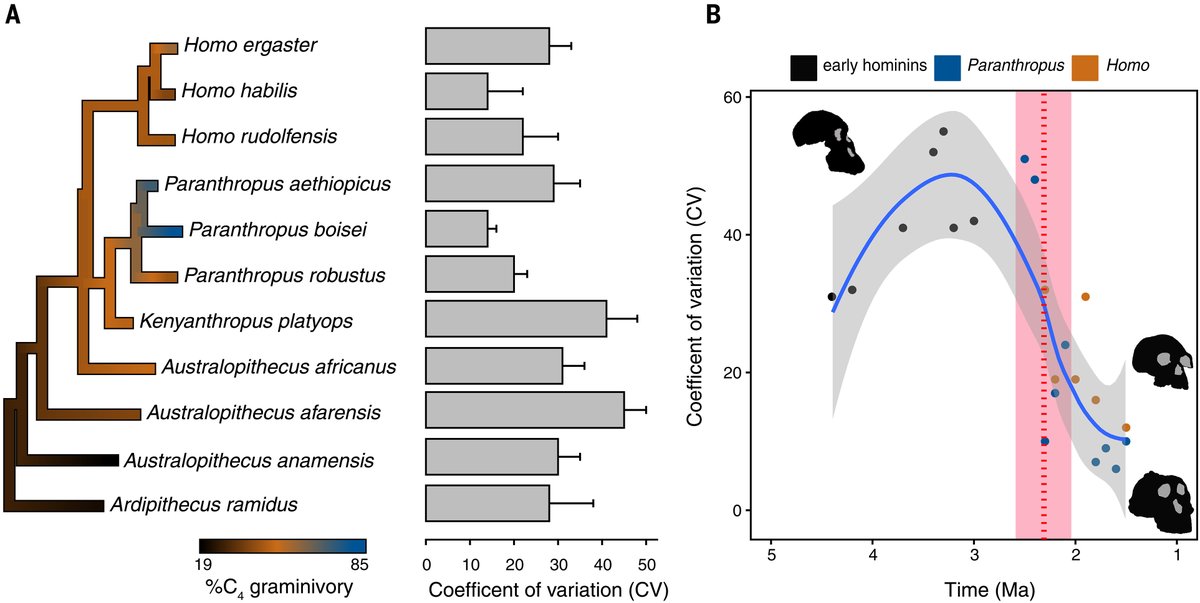
Alberto Boscaini
@abpaleo
Paleontologist and evolutionary morphologist at IEGEBA (@Exactas_UBA - @CONICETDialoga), Argentina. @NatGeo Explorer.
ID: 1442628972802621444
27-09-2021 23:15:40
1 Tweet
11 Followers
73 Following


🦥Per milioni di anni i bradipi si sono evoluti in forme e dimensioni diverse. Poi è arrivato Homo sapiens. Una nuova ricerca su Science ricostruisce la loro storia. Ne abbiamo parlato con il primo autore, Alberto Boscaini Alberto Boscaini. Domani su #Pikaia. Foto: A. Boscaini
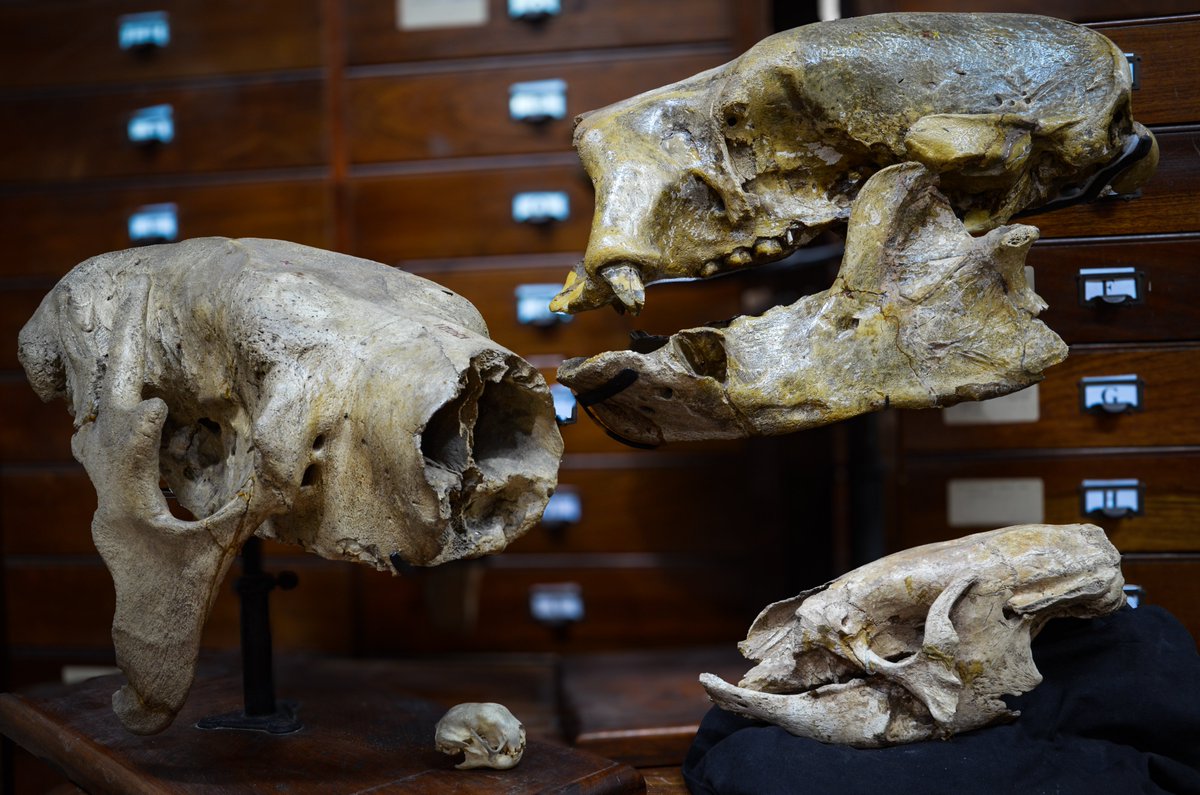


Thrilled to see our work on sloth evolution finally published! Huge thanks to Alberto Boscaini and Daniel Casali for bringing me on board for such a fascinating project! 🦥 #evolution #paleontology #paleobiology

Quando i #bradipi erano giganti: una nuova ricerca pubblicata su #Science racconta l’ascesa e la caduta di questo emblematico gruppo di mammiferi. Ne abbiamo parlato con Alberto Boscaini Alberto Boscaini, paleontologo e primo autore dello studio. 🔗pikaia.eu/quando-i-bradi…


Gracias a CONICET Dialoga por difundir nuestro trabajo. - Un exhaustivo estudio sobre los perezosos gigantes realizado por científicos del CONICET llegó a la revista Science Magazine: conicet.gov.ar/un-exhaustivo-…


🦥🌴 Gracias CienciaEs por la maravillosa entrevista, donde Alberto Boscaini y yo tuvimos la oportunidad de hablar sobre perezosos y evolución a raíz de nuestro último trabajo en Science Magazine #paleontología #evolución #paleobiología


Massive Megatherium sloths once stood as large as Asian elephants, ripping foliage off treetops with prehensile tongues like today's giraffes. Florida Museum Alberto Boscaini Rachel Narducci UBAonline sciencealert.com/sloths-the-siz…
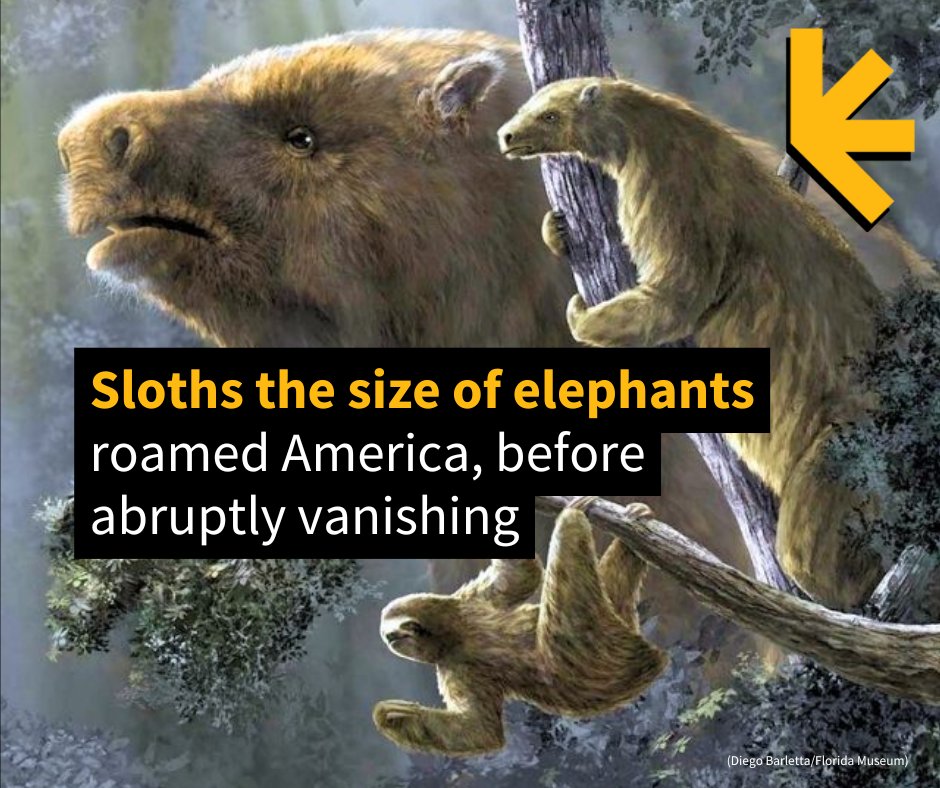


🦥 Un novedoso estudio de investigadores de Exactas UBA publicado en Science Magazine analizó 35 millones de años de evolución de los perezosos gigantes en Sudamérica y sus estrategias de adaptación: el crecimiento en tamaño de los terrestres y la disminución en los arborícolas.
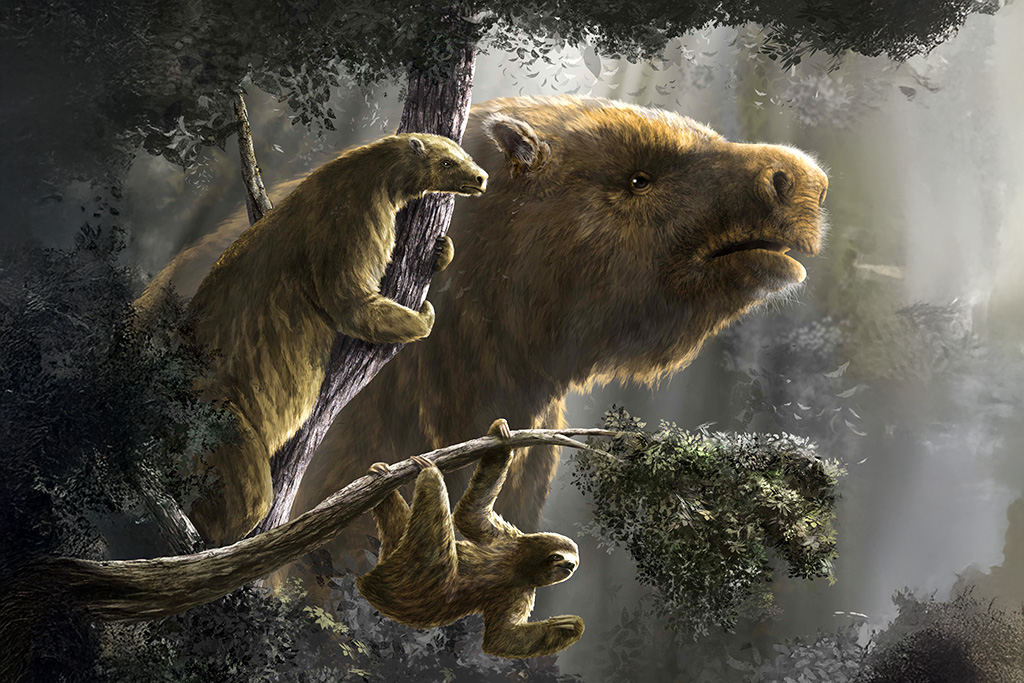



~2 million year old Florida Museum giant ground sloth (Eremotherium) humerus compared to that of its closest living relative, the three-toed sloth (Bradypus)! #FossilFriday
